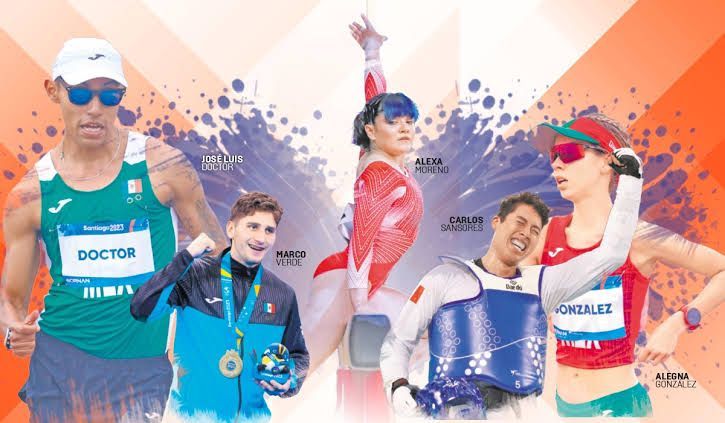So you have a great movie or TV show in your hands, and now you want to get the attention of as many people as possible. Of course, not every audience segment has the same interests. Not everyone uses the same channels, enjoys the same themes, or has the same expectations. Not to mention that different countries will have different reactions to scenes and characters, and your trailer can only fit so much information in 60 or 90 seconds. All this to say: How can you ensure that the scenes you include are the most optimal, attractive, and compelling? How can you learn more about each region (and its preferences) to make your movie or TV show a success?
Alright, let’s break it down!
The future of market research for film & TV advertising
The Synapbox team recently performed a study to understand which version of a US movie trailer would be more attractive for audiences in Mexico, Brazil, and Argentina. In less than a week, 900 consumers were tested at home (in a 100% opt-in process) to find patterns in their preferences. We tested 4 trailers: short (60 seconds) and long (90 seconds) subtitled versions, and short (60 seconds) and long (90 seconds) translated versions. The results? Powerful insights about the behavior of moviegoers in LATAM, as well as specific data-informed recommendations about the most optimal way to advertise the movie in these regions. How did we do it? And what is the potential of this content testing process?
The methodology
Everyone loves watching movie trailers. The excitement you feel when they show you just enough information to intrigue you without giving away the entire plot, the build-up of the action, the appearance of a surprising character… In other words, it’s an intense emotional experience that can guarantee that you will watch the movie. Or that you won’t. That’s why diving deeper into that emotional experience with the help of artificial intelligence is so interesting and revelatory.
Here are some of our tools:
Eye-tracking: Reviewing viewers’ attention levels, eye fixations, and the areas of the content that are interesting for them.
Facial coding: Analyzing viewers’ reactions and emotions (positive or negative).
Content tagging: Correlating those reactions with the creative elements inside the content, to understand which elements are driving positive and negative emotions and how they contribute to grab audiences’ attention.
We complement this information with their rational responses through personalized surveys. In this part of the process, metrics like Movie Recall (probability of participants to recall the brand or the title of the movie), Definite interest (probability of participants to go see the movie), Virality scale (their assessment of enjoyment, message clarity, relevancy, originality, and differentiators), and Content attributes (music, graphics/images, message, story, duration, characters & typography) are evaluated.
With this in mind, what kind of questions can you ask? What kind of insights can you find?

Key learnings: Insights you can obtain in this process
Awareness
What percentage of participants knew the movie or TV show before watching the trailer? Is the content appropriate for the brand or network? Does the trailer fulfill participants’ expectations of the movie? Does it succeed in improving their perception of the movie?
Content performance
Which trailer performs better in terms of grabbing viewers’ attention? Which one gets more positive rational responses? Which trailer has the best emotional impact in each country? When does the emotional peak happen? This allows brands to choose and personalize the trailers that are targeted in each county, improving overall reception.
Persuasion power
What percentage of participants identify with the movie and its content? What percentage of participants express a high interest in watching the movie? Which country shows the most interest in watching it in movie theaters vs. a streaming service? How many participants are willing to pay premium access to watch the movie?
What attracts different audiences
Themes
What are the themes that participants appreciate about the movie? Do the participants find it humorous? Whatever your brand is interested in expressing, you can find out if viewers are getting the message. From the style and personality of the protagonist to the aesthetics and values of the film.
Characters
How is the protagonist perceived? Are they well-liked? How are the secondary characters perceived? Which secondary character grabs the attention of viewers? Depending on the characters that perform better in a given country, the networks can edit the trailer to include that character and attract more viewers.
Content attributes
Do the viewers prefer softer music or other genres? Does the trailer highlight a specific connection to a topic? What is the most powerful scene? Which types of camera movements attract more viewers? When the protagonist is up close and facial expressions are clear? Which version of the trailer attracts viewers to the supporting characters to suggest a more complex story? What aspect of the story is more relevant to participants (the protagonist’s background or their future transformation, for instance)?
Marketing strategies
Which age segment prefers which trailer? Does the trailer attract more women or men? Young people or other generations? How do they interpret the genre or tone of the movie (for families, for adults)? Which segment values what characteristics about the story (the rebellious protagonist or the message about friendship)?
This information provides all kinds of insights to formulate specific marketing strategies, like the qualities to highlight in the best scenes, the most effective length for the intro, and which channels will prove more effective.
Building an emotional experience
The possibilities are limitless in terms of improving a trailer to maximize the positive emotional responses, and in terms of personalization by audience segment as well. Our reports include the most emotionally impactful scenes and parts that have room for improvement to find the most relevant creative patterns in viewers’ experiences.




